In October, the Content Marketing Institute and MarketingProfs released their “2016 B2C Content Marketing Benchmarks, Budgets and Trends” report for North America. In the report, data shows that 76% of corporations have a content marketing strategy and that B2C marketers are allocating 32% of their total marketing budget to content marketing.
Many of the world’s most influential brands—like Kraft, Allstate, and American Express—are focused on connecting with their customers through articles, videos, and photos that tell stories aligned with the brand’s mission and personality, but that may not implicitly sell the product. Coca-Cola, perhaps the world’s best-known brand, recently dove into the world of content marketing by re-launching its company home page as a content hub called Coca-Cola Journey.
Many of the world’s most influential brands—like Kraft, Allstate, and American Express—are focused on connecting with their customers through articles, videos, and photos that tell stories aligned with the brand’s mission and personality, but that may not implicitly sell the product. Coca-Cola, perhaps the world’s best-known brand, recently dove into the world of content marketing by re-launching its company home page as a content hub called Coca-Cola Journey.
The Coca-Cola Journey Website: So why is content marketing so important, and what sets it apart from more established marketing channels? Content marketing allows a company to align brand personality with customer personas—much more than can be done in a 30-second ad spot—and can help make the brand likable in the eyes of its target market.
For example, with its iconic imagery and design, Coca-Cola is known all over the world as a fun-loving brand. As such, Coca-Cola uses its website to tell stories about the company that flesh out and showcase its brand personality.
Coca-Cola also uses content marketing to support its expansion into new markets. As the soft drink industry takes a hit because of increased interest in healthy living, Coca-Cola is trying to diversify into other food and beverage products while still benefitting from the Coke brand. As you’ll see below, other goals of Coca-Cola’s content strategy include showcasing its charitable initiatives and connecting with its most loyal followers through exclusive content.
On the Journey site, there are pieces focused on:
But content marketing isn’t just about providing a dynamic way for a company to build a brand’s personality; it’s also about giving fans a chance to show what they think of the brand. That’s why Coca-Cola’s site includes a space to upload photos of you and your friends drinking Coke.
The Power of Content Marketing in Higher Ed: For higher-ed institutions, we have similar needs as it relates to building our brands. There are numerous messages we need to convey, especially since each website visitor has a different area of the institution he or she is interested in. Fortunately, we can use content marketing to show the diversity of our offerings, to highlight specific areas of expertise, and to emphasize our mission, faculty research, athletics, and alumni. When done right, content can help paint higher-ed institutions as forward thinking, influential, innovative, global minded, and connected to the local community.
One school that does a particularly good job with content marketing is Michigan State University (MSU). With an in-depth, elegantly designed website called Spartans Will, MSU is able to tell its institution’s story through inspirational words and images.
For example, with its iconic imagery and design, Coca-Cola is known all over the world as a fun-loving brand. As such, Coca-Cola uses its website to tell stories about the company that flesh out and showcase its brand personality.
Coca-Cola also uses content marketing to support its expansion into new markets. As the soft drink industry takes a hit because of increased interest in healthy living, Coca-Cola is trying to diversify into other food and beverage products while still benefitting from the Coke brand. As you’ll see below, other goals of Coca-Cola’s content strategy include showcasing its charitable initiatives and connecting with its most loyal followers through exclusive content.
On the Journey site, there are pieces focused on:
- Charitable work: Coca-Cola’s progress in the area of water replenishment and a Coca-Cola scholar who was recently elected to Congress
- Healthy living: Coca-Cola diversifying into milk and organic juice products
- Innovation: New products like the Coke small pack
- Sustainability: The first bottle made entirely from plants
- Insider’s view: Lessons learned from the failed launch of Coke 2
- Uber fans: Images of the Coca-Cola motorhome
But content marketing isn’t just about providing a dynamic way for a company to build a brand’s personality; it’s also about giving fans a chance to show what they think of the brand. That’s why Coca-Cola’s site includes a space to upload photos of you and your friends drinking Coke.
The Power of Content Marketing in Higher Ed: For higher-ed institutions, we have similar needs as it relates to building our brands. There are numerous messages we need to convey, especially since each website visitor has a different area of the institution he or she is interested in. Fortunately, we can use content marketing to show the diversity of our offerings, to highlight specific areas of expertise, and to emphasize our mission, faculty research, athletics, and alumni. When done right, content can help paint higher-ed institutions as forward thinking, influential, innovative, global minded, and connected to the local community.
One school that does a particularly good job with content marketing is Michigan State University (MSU). With an in-depth, elegantly designed website called Spartans Will, MSU is able to tell its institution’s story through inspirational words and images.
Here are some areas of the school that are highlighted on the site:
- Influence: An article discusses work done in partnership with Ford and Dow Chemical.
- Diversity of interests: There are several pieces about MSU’s student and faculty research into better ways of identifying criminals, mapping the ocean, and working to debunk common stereotypes. All these pieces help illustrate the school’s wide array of academic expertise.
- Innovation: The page highlights MSU discoveries related to toxic waste cleanup,treatments for cerebral malaria, and preventing future cases of liver cancer.
- Global: An article showcases how MSU students are helping the island of Fiji deal with the effects of climate change.
- Local impact: Faculty work done in partnership with Wayne County and the Detroit police force is brought to light.
Crowdsourcing Content for Your Website: As I mentioned above in the Coca-Cola example, content marketing is also about curating content from constituents themselves. King’s College London recently ran a content marketing campaign that did a great job of encouraging alumni to share their favorite memories of the school. Instead of just running a Twitter campaign, the college created a page called “Memories at King’s” featuring a scrolling timeline in front of an image of campus. The page’s top-notch design encouraged interaction because people want to be a part of something special and unique. If this had been a Twitter or Facebook campaign just asking for alumni to share memories on Twitter, it likely would not have been as successful.
But social media is still a powerful component of content marketing when it comes to sourcing material. This year, the University of South Carolina did a Twitter takeover of their home page after admissions decisions went out; admitted students who tweeted photos of themselves with the letter had a chance to be featured on the home page. This resulted in an exciting story about decision day that engaged new students on multiple platforms while also furthering the university’s brand.
Having a great logo, tagline, and integrated marketing plan are all important when it comes to marketing your institution to students and alumni. But being able to tell stories to alumni in diverse, compelling ways is important, too. Content marketing now allows you to be everything to everyone because you can tell in-depth stories on a number of subjects without alienating any members of your constituency base.

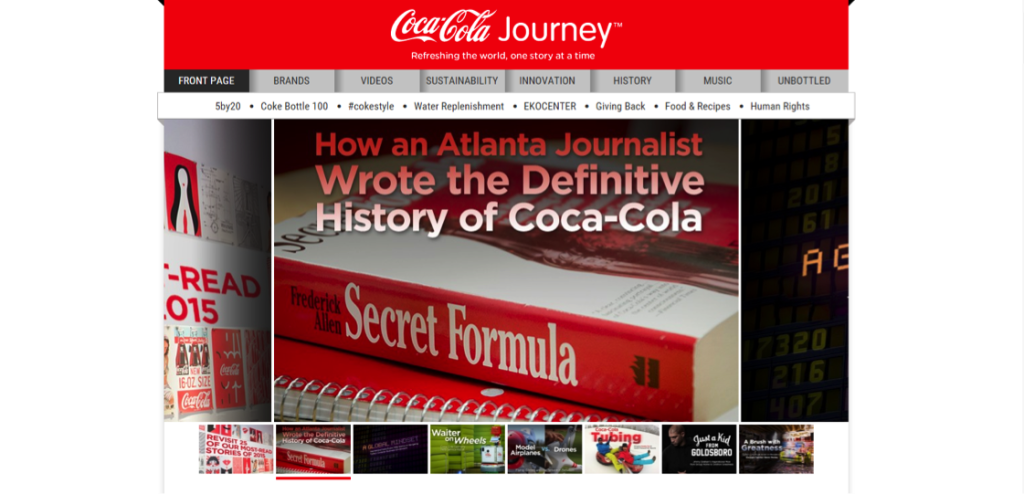
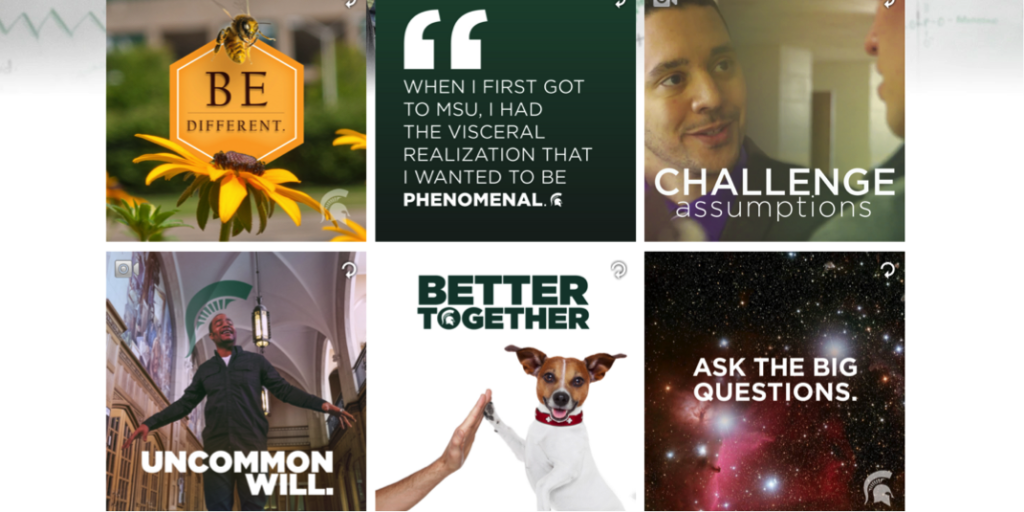
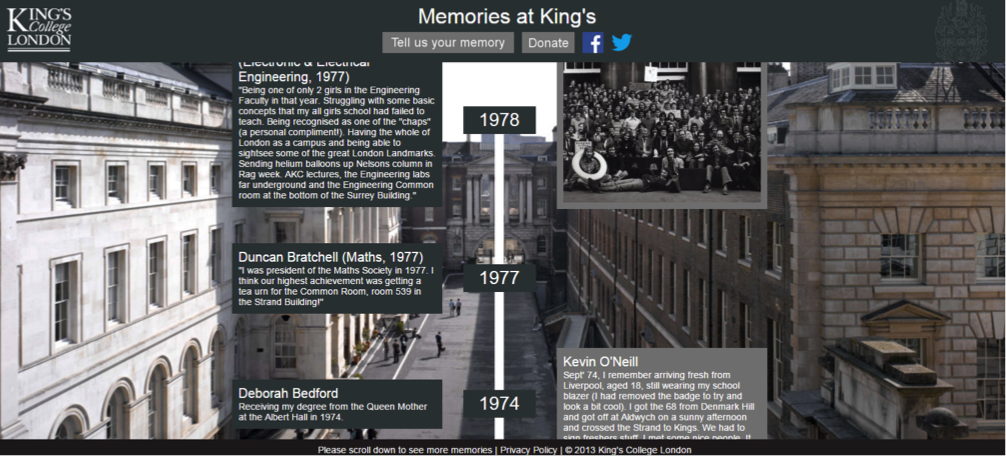
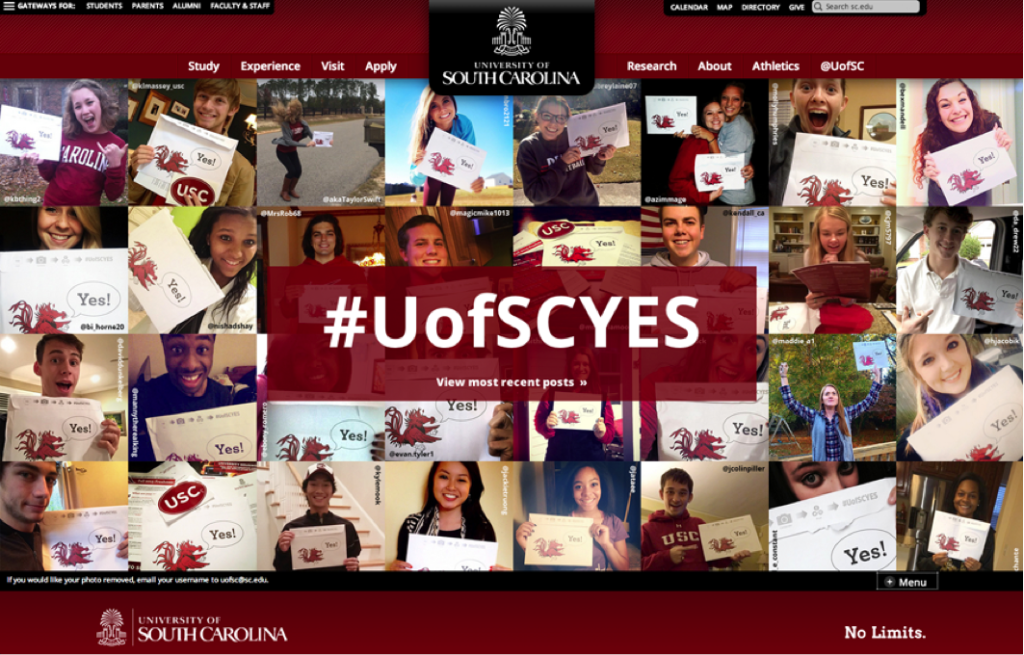
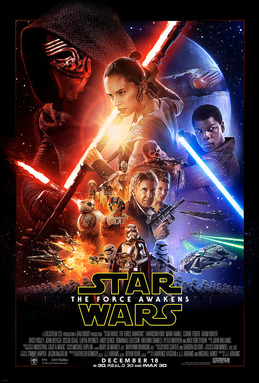
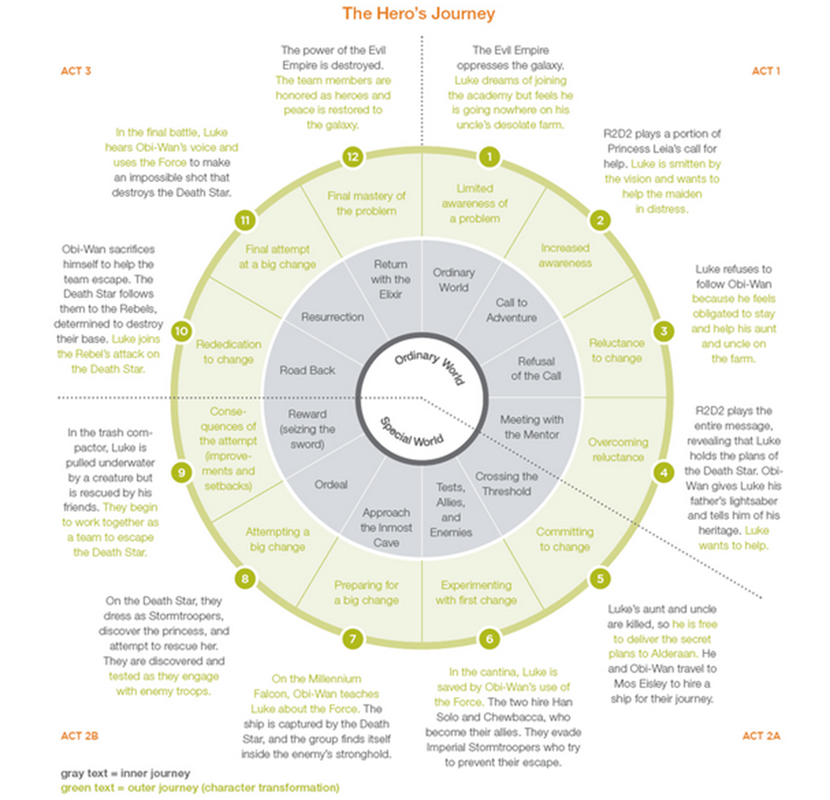

 RSS Feed
RSS Feed
